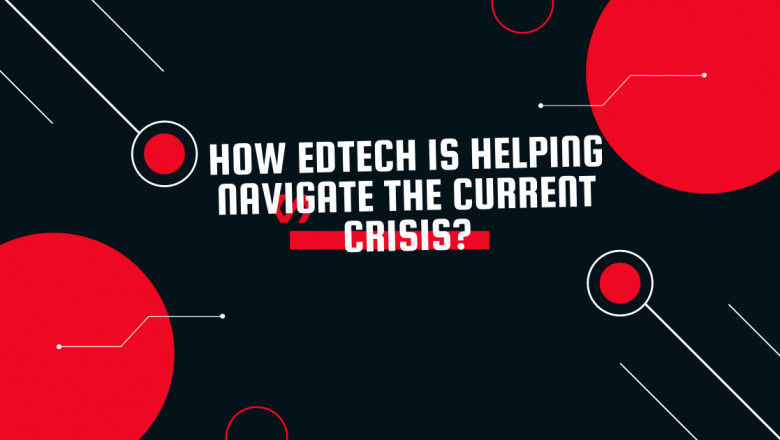views

Many schools around the world remain closed due to COVID-19 and governments are looking for ways to ensure continuous learning. Educational technology clearly has its limitations as an alternative to school during the lockdown; however, this is in part due to the many edtech development myths about its pros and cons.
Many households in poor countries still do not have reliable electricity or access to the Internet. And despite recent advances, some edtech firms have yet to reach a significant scale. Education is divided into autonomous learning software, improvements to instruction, access to technology, and technology-driven behavioral interventions.
Self-study software is one of the best areas of research. Products that have been studied have a moderate to large effect on learning. An important characteristic of these products is the adaptation to the level of each student.
It allows students to progress at their own pace and with content relevant to them. This type of distinction is important in the best of times, and even more so after the discriminatory loss of learning due to the closure of schools.
In the right circumstances, remote instruction is possible. Remote instruction around the world was hastily launched during the school closing. Radio guidance has been tested in many settings before the current crisis and was indeed one of the few randomized controlled trials in the development field.
Recent technologies have been tested in India, Ghana, China, Pakistan, and Paraguay. The approach includes prerecorded lessons, live streaming, and full in-person instruction. All have been shown to be effective in improving learning outcomes.
In addition to short-term learning loss, the current crisis will cause some children to drop out of school altogether, potentially reversing much of the recent enrollment successes around the world.
Behavioral interventions around the world have been effective in overcoming informational and behavioral barriers. Simple phone calls promoting accountability have helped adult students in Niger, and texting parents about their children's performance and attendance has improved school outcomes in Chile.
This type of intervention is a promising means of extending and encouraging parents and students alike to be involved in education during closure and then return to school.
Educational technology is a valuable option for the education system, but not the only one. Given the cost and barriers to entry, it is not clear that edtech interventions always have greater learning benefits than other interventions.
There are many non-technical interventions that can produce impressive learning benefits. What really matters is cost-effectiveness and scalability.
Edtech works best when it removes a clear binding barrier to the system where it is deployed. Different edtech solutions can be used as complements in the education system, as the potential for scalability, goals, and population vary greatly across the intervention.
In addition, educational technology products should focus on the obvious comparative advantage of technology: the ability to provide advanced customization and the uniqueness of practice and instruction.
But legislators must be aware of short-term limitations in infrastructure that can hamper edtech's accessibility. In the most remote areas, limited access to electricity, the Internet, and even special feature phones can be a deciding factor for even the most advanced edtech product.












